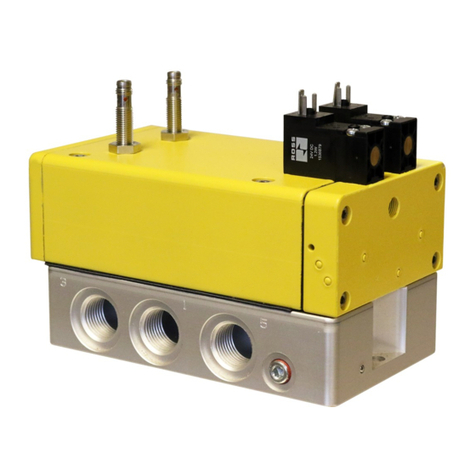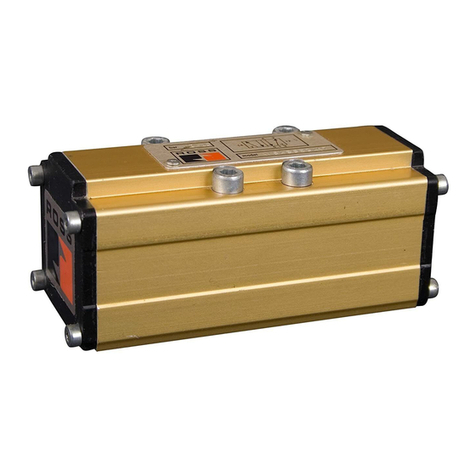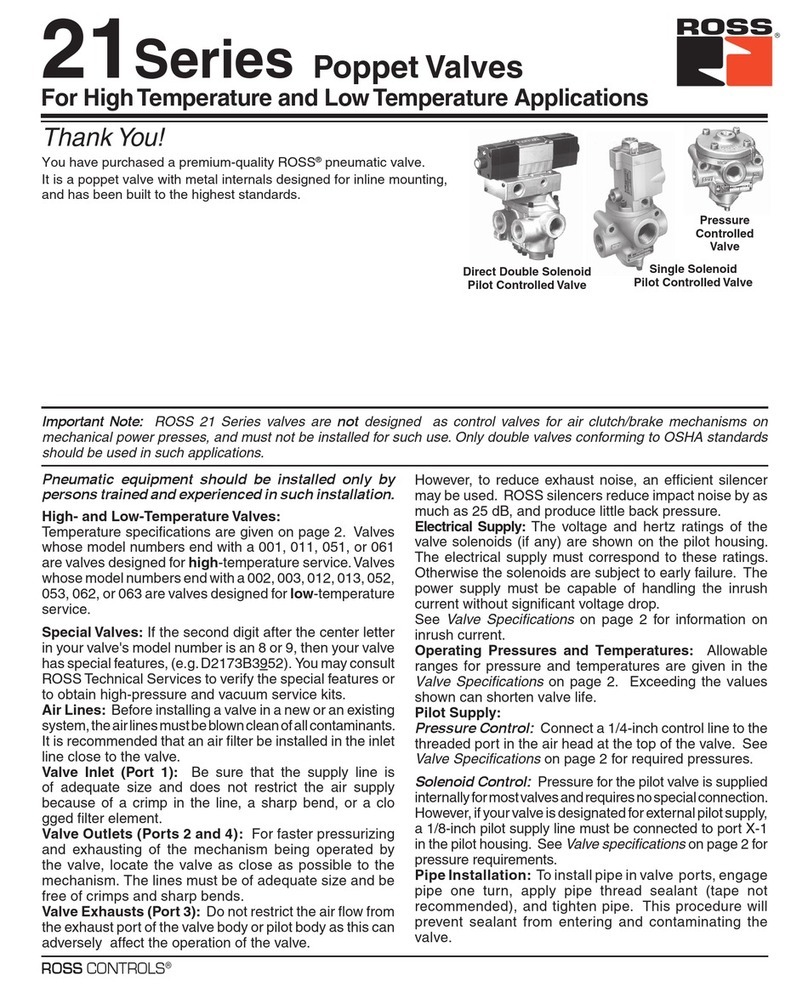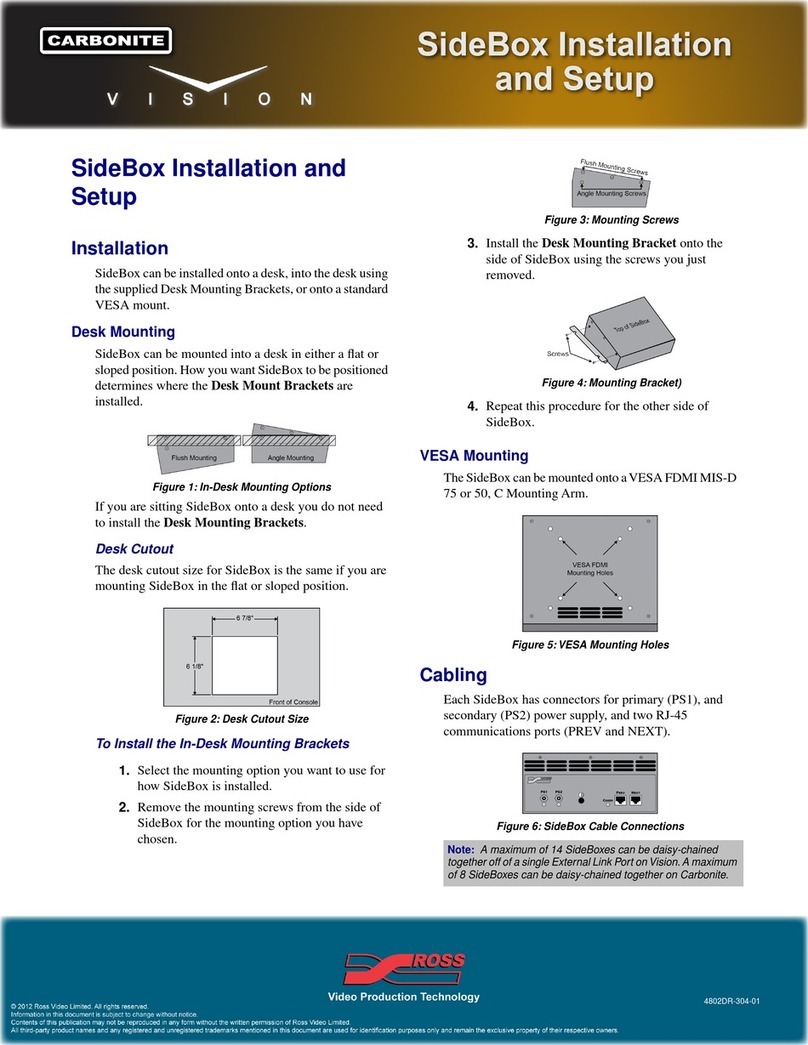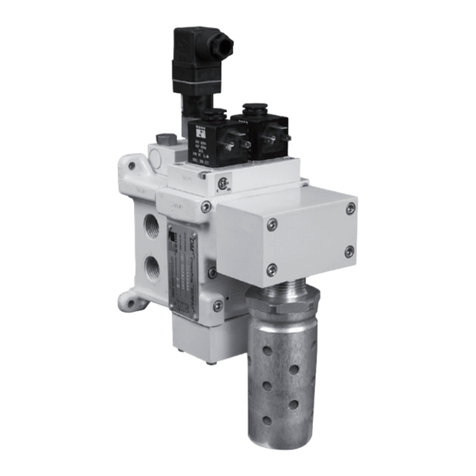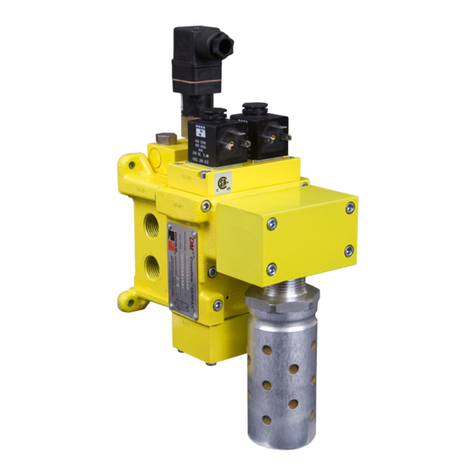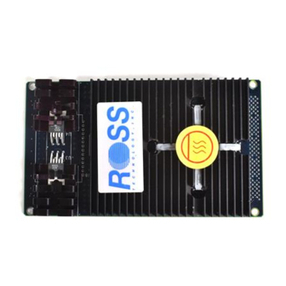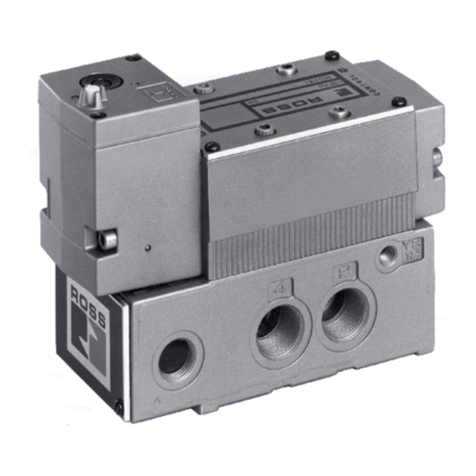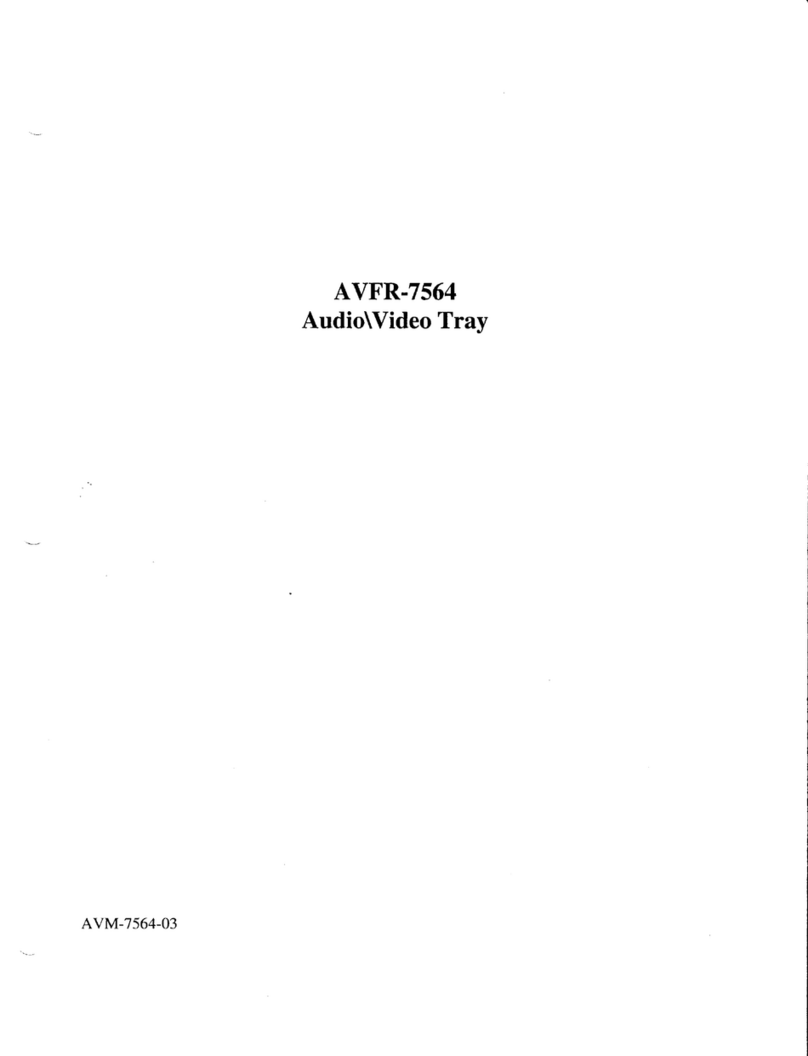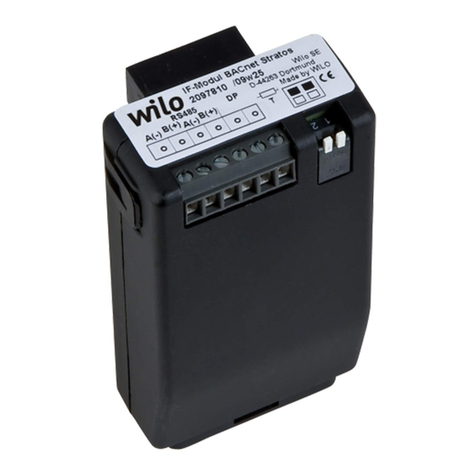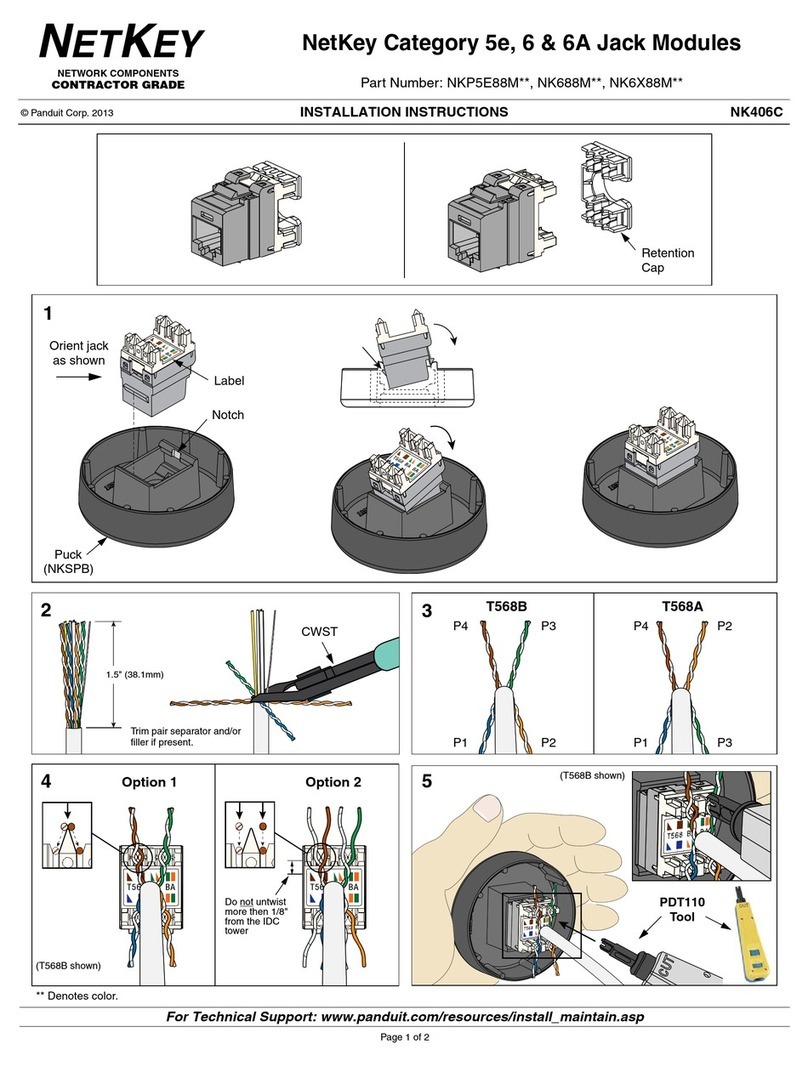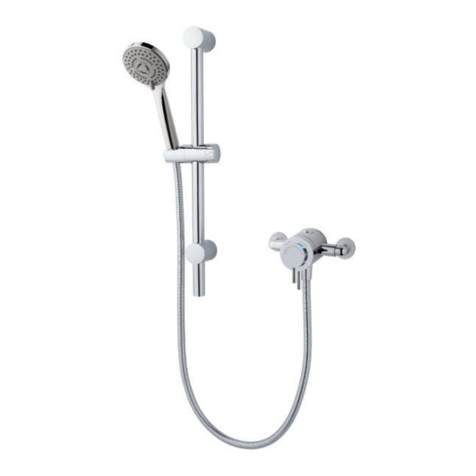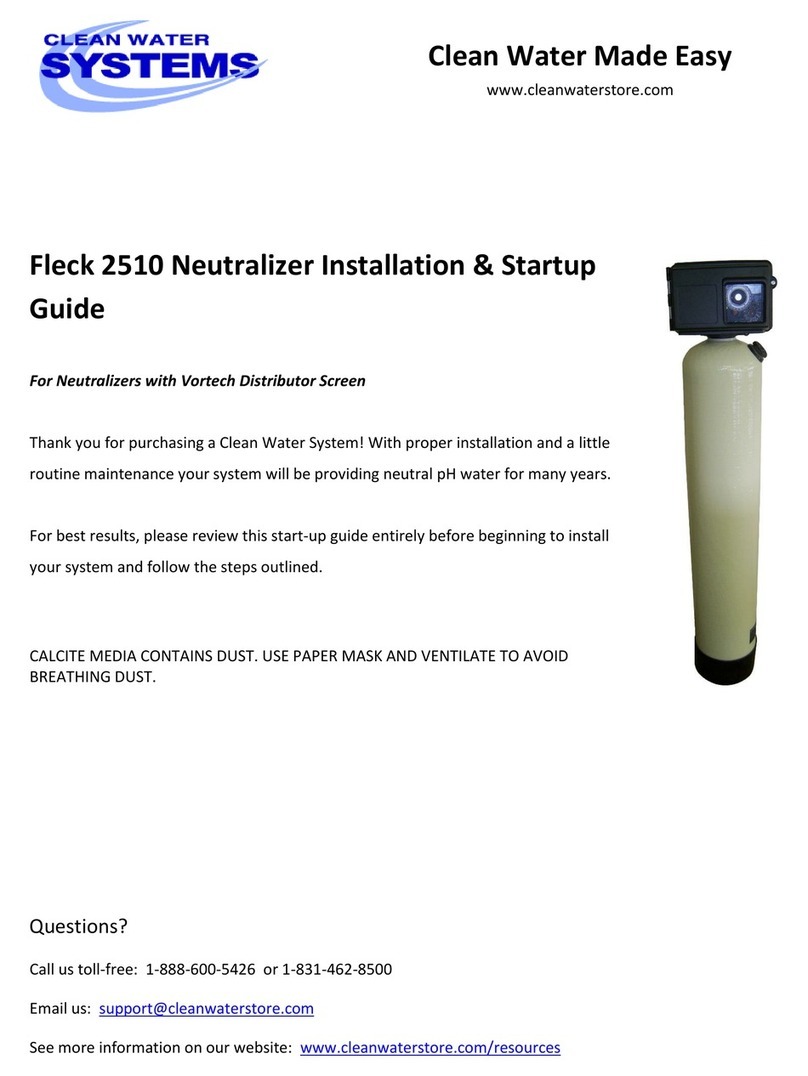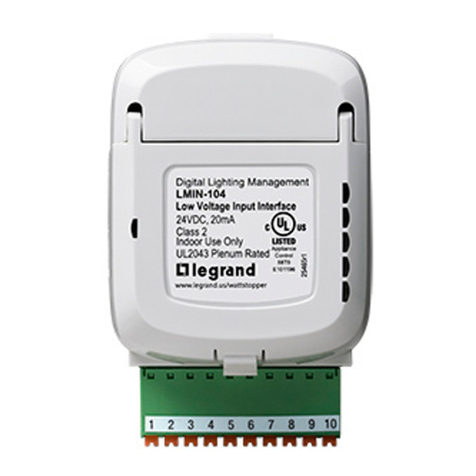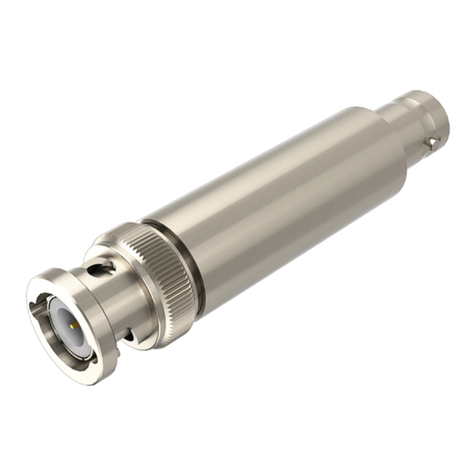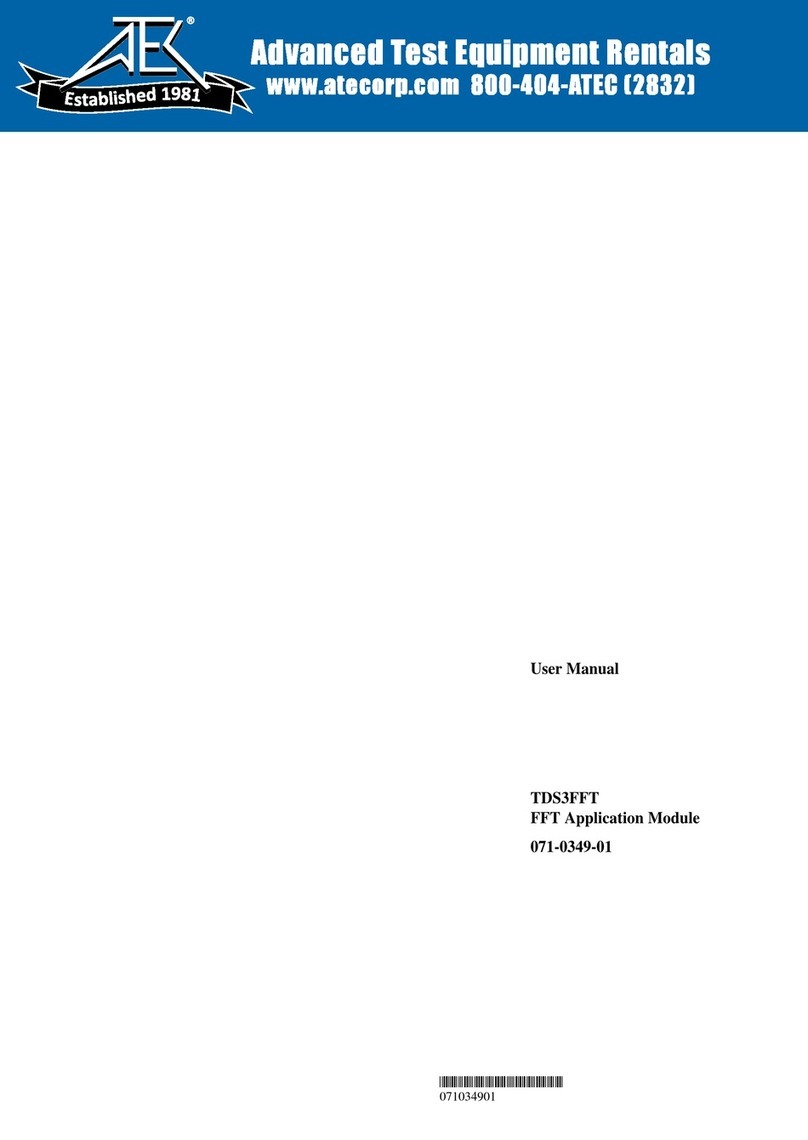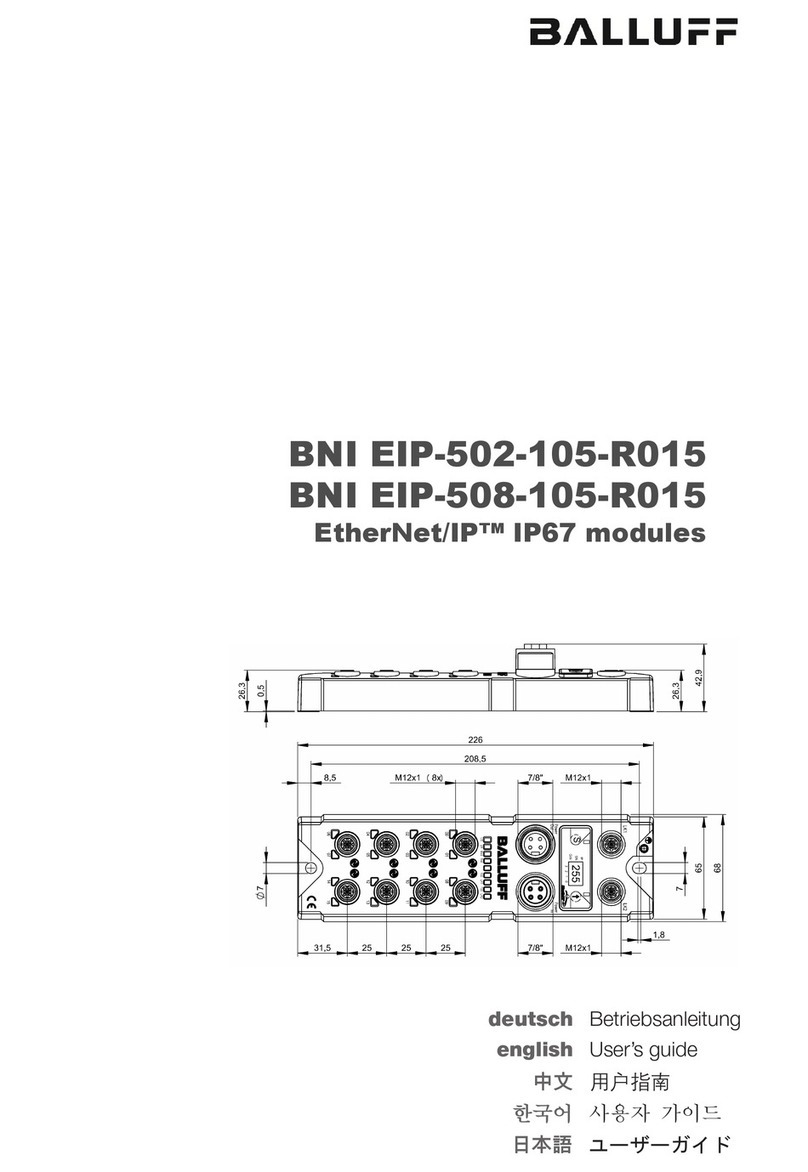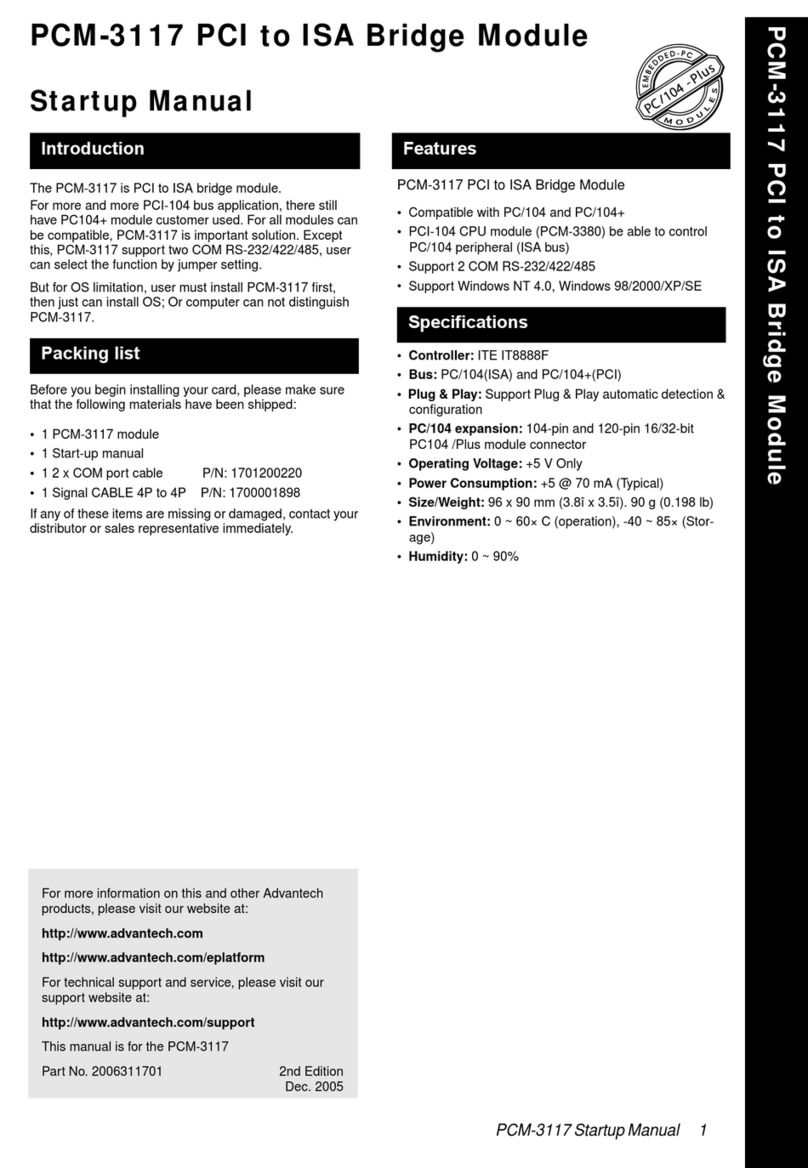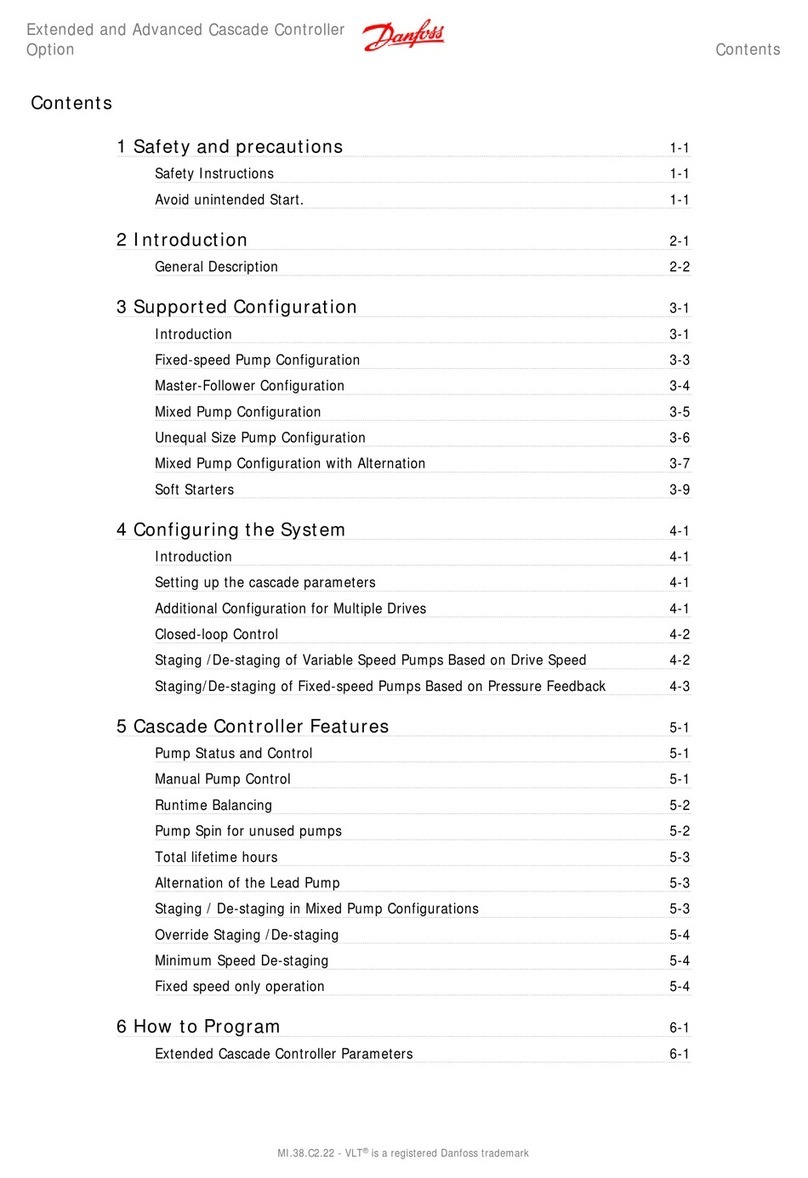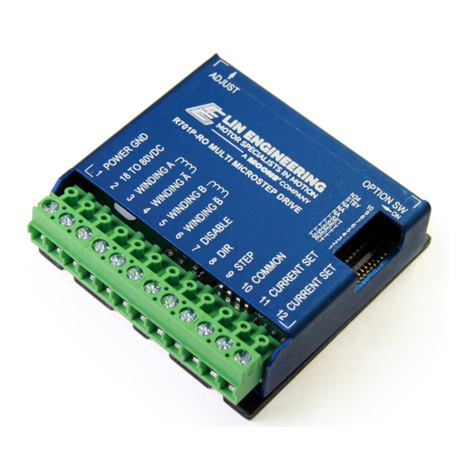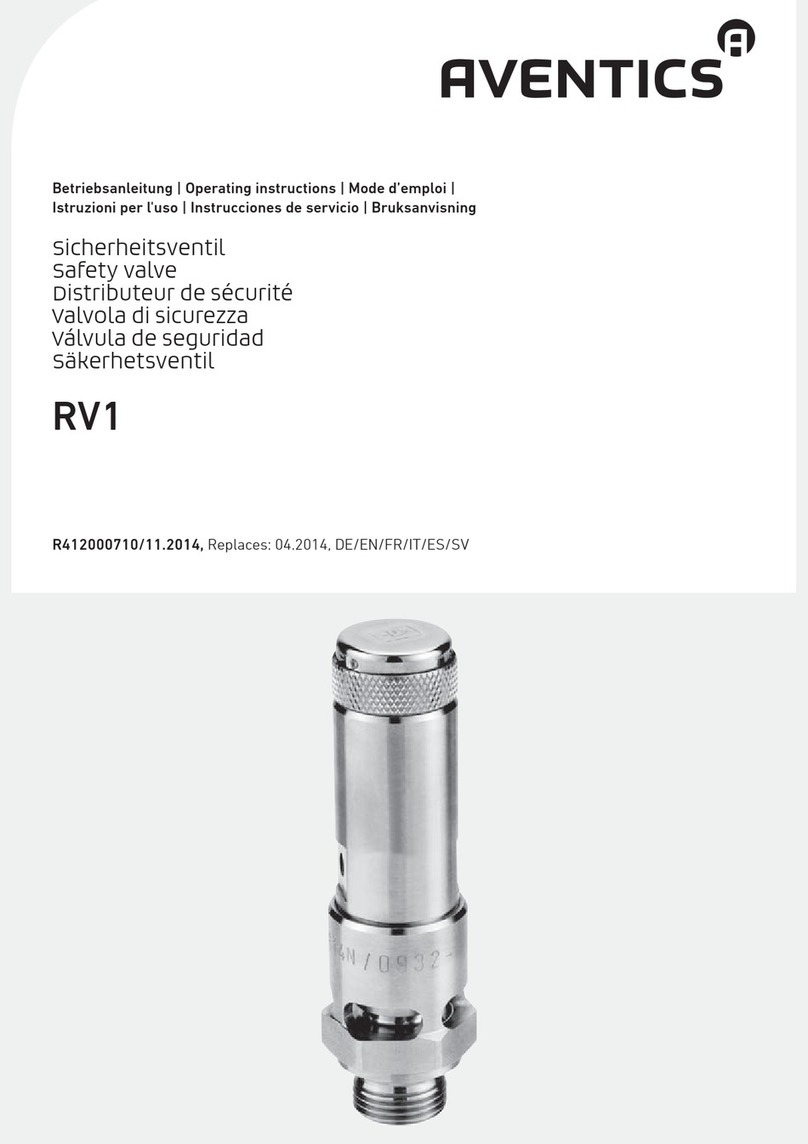
6 © 2021, ROSS CONTROLS®. All Rights Reserved.
M35 Series Integration Guide
Operation & Monitoring Requirements for M35 Valves
The intent of this document is to provide guidance on how to operate and monitor the M35 valve for safe operation. A test procedure
is also provided for verification and validation of the user’s external safety control monitoring system.
Valve Operation
The M35 valve is a redundant safety exhaust (dump) valve. Its function is that of a 3/2, normally closed, single-solenoid valve.
However, because the valve is redundant it has two operating solenoids that must be operated simultaneously in order to actuate
the valve. In addition, each valve element has a single, pressure sensor that is wired as a PNP type sensor (each to be wired in
parallel with the other sensor - not in series) to indicate position of each element.
Actuating the valve will supply pressure from port 1 (supply) to port 2 (outlet) and close port 3 (exhaust).
De-actuating the valve will close port 1 (supply) and open port 2 (outlet) to port 3 (exhaust). De-actuation of the valve is accomplished
by turning off both solenoids simultaneously.
Normal operation occurs when both sets of valve internals shift within 50 msec of each other. For example, when both solenoids
are signaled to energize, we would expect both proximity sensors to turn off within 50 msec of each other. Each sensor only reacts
to its associated solenoid.
In the event of a valve fault where one of the redundant valve components does not operate synchronously as commanded, the
valve will perform its safety function which is to shut off supply and exhaust downstream pressure to atmosphere.
The fault should be latched in by the safety monitoring system until a reset is performed.
Failure of the valve to shift synchronously leads to a fault in the M35 valve. This could happen for a variety of reasons, such as:
• Compromised piston seals
• Main valve elements experiencing a switching delay due to dirt, debris or resinous oil
• Insufficient electrical signals to valve solenoids; suitable voltage not available
• Receipt of signals at solenoids not synchronous
• Pilot valves experiencing a switching delay due to damaged components, dirt, debris or resinous oil
• Excessive water build-up in the valve
Feedback Monitoring (General)
The M35 valve is equipped with pressure sensors that must be monitored by the user’s external safety control & monitoring system
to detect any fault condition within the valve.
NOTE: The pressure sensors are transducers with a discrete pressure switch point that is factory set and non-adjustable.
A pressure sensor (wired as a PNP) is associated with each one of the redundant valve elements for valve position sensing. Sensor
feedback should always be opposite the solenoid actuating signals. In other words, when the solenoids are energized, the sensor
outputs should be off and when the solenoids are de-energized, the sensor outputs should be on.
This valve uses pressure-based feedback sensing technology. Downstream pressure build-up time is subject to several application
parameters including, but not limited to supply pressure, outlet volume, pipe size, and soft-start setting. Additionally, downstream
exhaust time is also subject to various factors such as downstream pressure, outlet volume, and pipe size. Therefore, reaction
times of the feedback pressure sensors to actuation/de-actuation signals are application specific.
WARNING: It is possible to operate at a cycle rate that could result in non-monitored operation. To prevent exceeding this rate,
ensure that the valve is de-actuated (both sensor outputs should be on) before attempting to energize the solenoids. Likewise,
ensure that the valve is actuated (both sensor outputs should be off) before attempting to de-energize the solenoids.
NOTE: In the event of a stop signal from any safety system input, the safety system should immediately shut off the safety controller
outputs to the valve solenoids (as required by the application) regardless of the condition of the feedback sensors.
Refer to EN ISO13849-1 for Cat 3 vs Cat 4 monitoring.
Automatic RESET is not recommended by ROSS.









